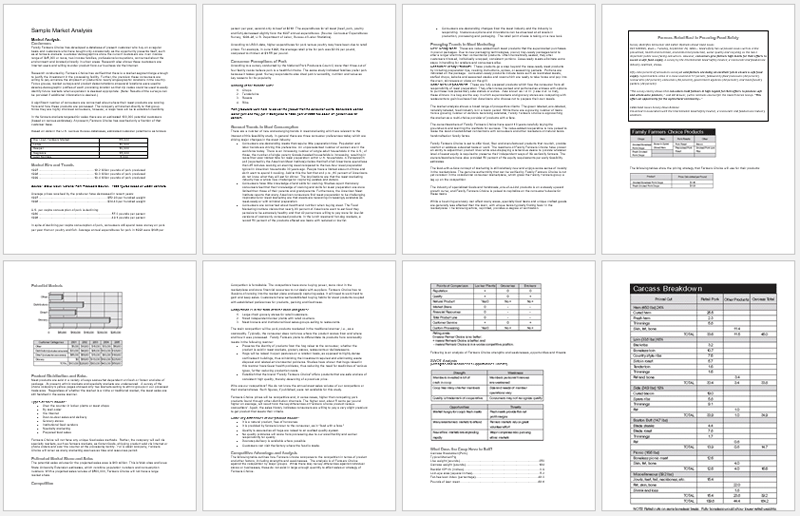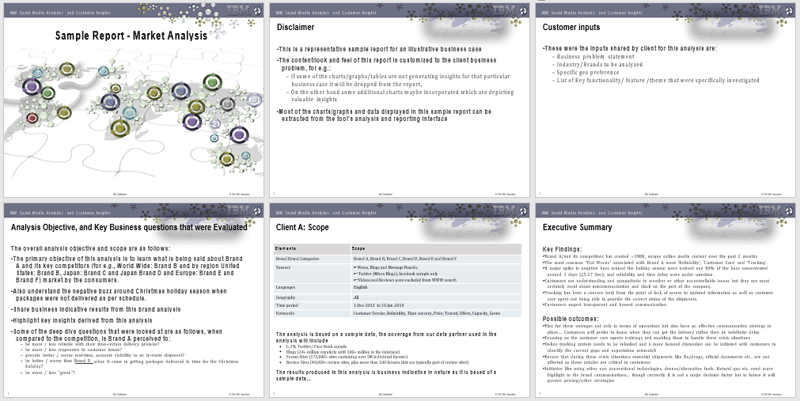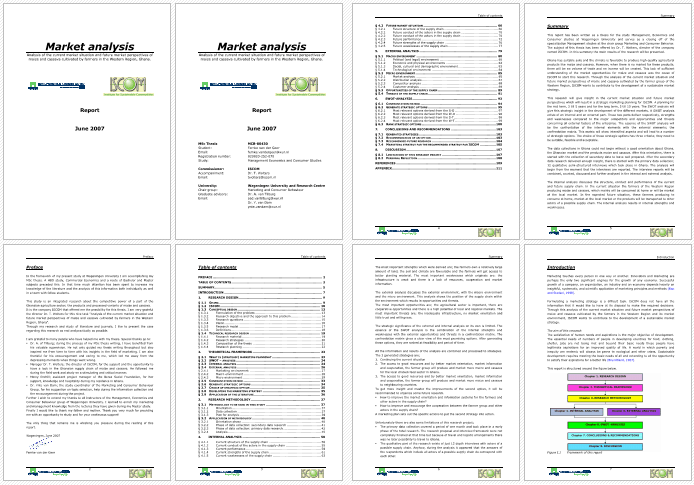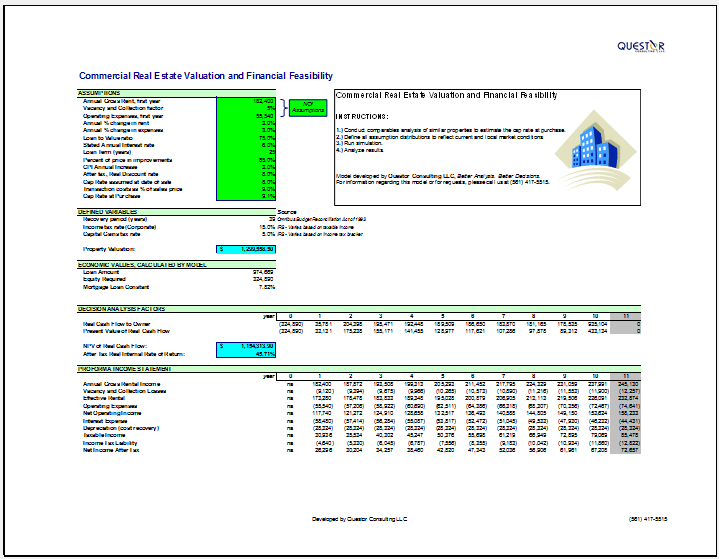Whether you have a business that is large or small, staying on top of trends is vital for its success. Determining what it is that is driving demand, the strategies being used by your competitors, and what marketing technique will work are all things that can be found by doing a market analysis. This will also help you when you need to reevaluate your current strategies and business plans.
What is Market Analysis?
A market analysis is used to determine the dynamics of a certain market in a specific industry. It provides information and data regarding competitors, customers, the industry, and other variables. It can also give you details on supply and demand for a certain service or product. All of this helps the business create strategies based on informed decision-making.
Four Parts of the Market Analysis
There are four main parts to market analysis: the industry overview, your target market, your competition, and your forecast and pricing.
Industry overview
Use this to describe the industry you are in and what direction it seems to be heading in. This is a bit different from doing market research because, with industry research, you are looking at all the businesses that are similar to your own. With market research, you are learning about your buyers.
Target market
This section will detail who your ideal customers are.
You need to consider:
- Market size–this refers to the pool of potential customers who need your product or service.
- Demographics – this gives details about the gender, age, income, and education of your average customer.
- Location – used to describe a specific region or location that customers come from.
- Psychographics – this is where you will describe the likes and dislikes of your customers.
- Behaviors – look at how your customers purchase and shop for products and services like yours.
- Trends – details noticeable trends within the market.
Competition
A detailed market analysis needs to have information on your competition, such as their strengths and weaknesses and gaps in services or products that you can offer.
The important areas to look at are:
- Direct competition: this refers to businesses that offer services and products similar to your own.
- Indirect competition: this refers to businesses that offer alternative solutions for problems that your company solves.
- Uniqueness: refers to how you are different from the competition.
- Entry barriers: refer to how you are protecting yourself from new competition, such as having patents or a really good location.
Pricing and forecast
Your last step is to determine what your pricing is and then create a sales forecast. This can help you figure out what part of the market you may be able to get into. Use your forecast as a way to track sales and your goals.
Market Analysis Templates
You can download any of the free templates and samples to get a better understanding of how to do this analysis.
Market analysis example

Market analysis template for PDF

Market analysis template (PDF)

Market research & analysis report for PDF

Real estate market analysis template (Excel)

How to Write a Market Analysis Template?
The template is dependent on the industry you are in and what your requirements are for the analysis. Each business has its own requirements, but there are certain things that they should all cover.
Step 1–Market description
This is your starting point and should detail the type of market that you are operating in. It should include things such as what your target market is, its demographics, purchasing behavior, needs, and so on. You should also consider the size of your market in order to determine its profitability.
Step 2–PFF
Also known as Porter’s Five Forces, this framework will help you analyze your competition.
The five areas to consider are:
Supplier’s bargaining power
This refers to suppliers in the industry and how easy it is for them to raise their prices. This is an important consideration because, as the prices of suppliers increase, it will affect your net inflow. Consider how many suppliers you can do business with, how unique their services or products are, and how much it would cost to switch suppliers.
Buyer’s bargaining power
This refers to the buyer’s influence and how easy it is for them to cause your prices to drop. You can do this by determining how many buyers you have and how many orders they place. It’s also important to consider what the cost would be for them to switch from your services and products to one of your competitors. Also, consider whether you have the power to influence the purchasing behavior of your buyers.
The competition
You need to get familiar with your competition. Look at how many competitors there are in your market, what the quality of their services and products is, the quantity they offer, and how this compares to the services and products that you offer. Knowing what the competition’s strategies are will give you a better idea of how this influences the behavior of the market.
Substitute product threats
Your next task is to consider how easy it is for buyers to replicate your services or products themselves. Is it easy for them to outsource the product or service, cutting you out of the process? Buyers often look to cut their expenses by switching to a substitute that costs less and offers the same thing that you do.
Up-and-coming competition threats
Lastly, you want to determine how easy it is for any new business to enter your market. The more competition, the smaller the share you will have in the pool of customers. You can start by analyzing what it would cost to start a new business, as well as looking at any regulations within the industry.
Step 3–Market trends
Once you’ve gone over PFF, it’s time to look at market trends. This means determining things such as the purchase behavior of customers, price sensitivity, and the influence of suppliers over prices.
Step 4–The competitive landscape
To get a better idea of what you are up against, you need to look at the competitive landscape. Knowing what your competitor’s pricing, product quality, and marketing strategies are can help you improve key areas of your business. This will help you stay a top contender.
Step 5 – Success factors
Your last step is to look at your key success factors, such as ensuring your business’s continued growth and success, what your strengths and weaknesses are, how you reach your objectives and goals for your business, and taking time to reevaluate all of these things to come up with a fresher market plan and analysis.
Frequently Asked Questions
This is a brief outline of the market that provides a snapshot of the present to get a better idea of its key features and marketing activity.
The major advantage is that it helps a business protect itself from potential loss by identifying how it can reach potential customers.
This type of analysis identifies your rivals or competitors and lets you evaluate their marketing strategies, their weaknesses, and their strengths in relation to your products and services.












